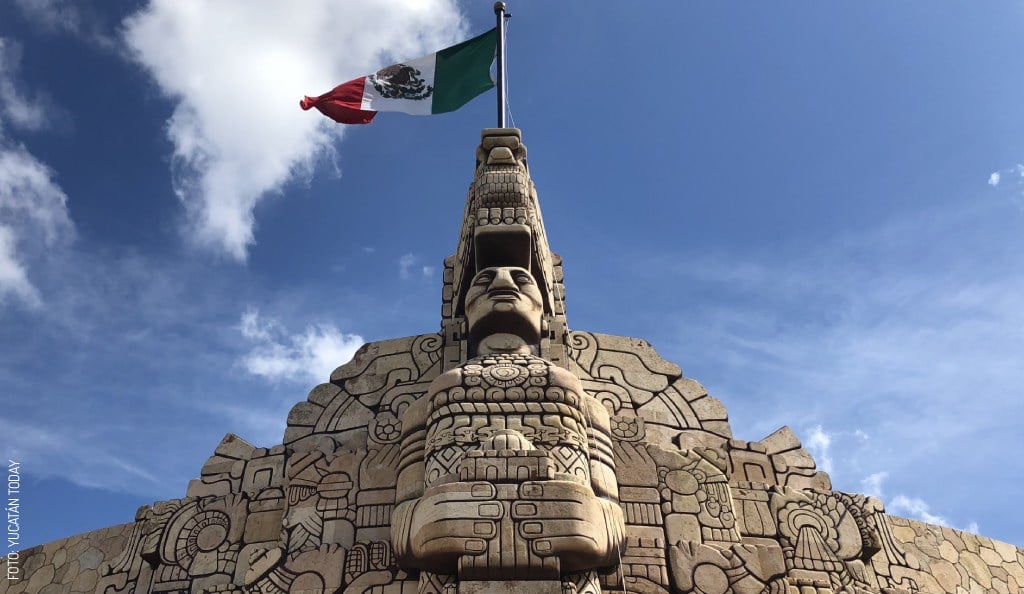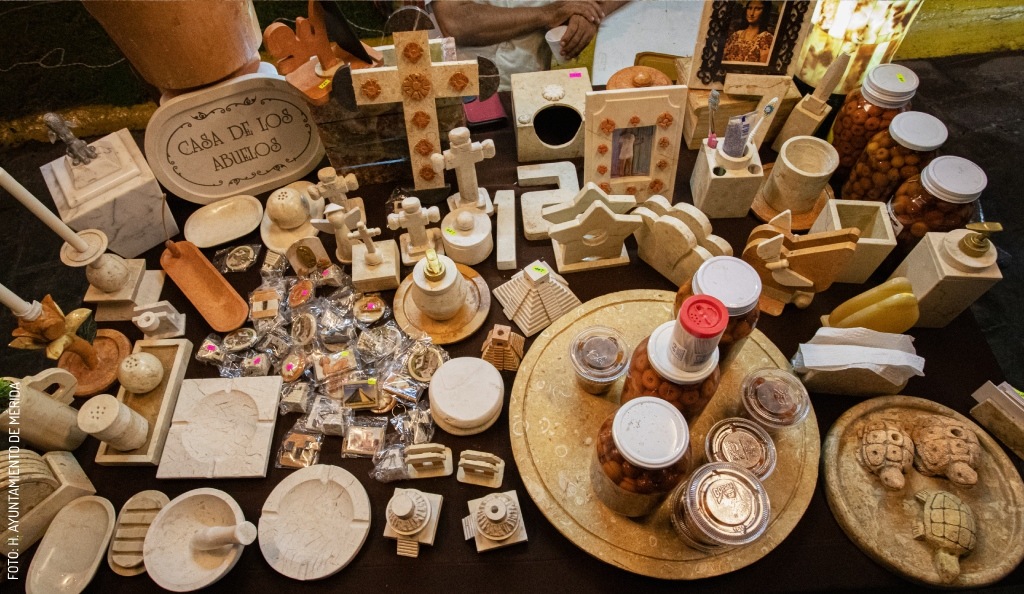
Stone and Wood, the Treasures of Dzityá
Stone and Wood Crafts: Treasures of Dzityá, Where to Find Handicrafts Near Mérida, Artisans of Dzityá, What Crafts Are Made in Dzityá? How to Get to Dzityá
Dzityá is one of the 47 sub-municipalities (Comisarías) in the municipality of Mérida, the capital of the state of Yucatán. Just half an hour from Merida's Downtown.
While Dzityá’s modern history may seem relatively short (the town was officially founded in 1890), there have been reports of pre-Hispanic Maya settlements in the area from around 300 BCE to approximately 800 CE. Additionally, both its Chapel dedicated to the Immaculate Conception and the headquarters of its local government are registered as Cultural Heritage of the Municipality of Mérida.
The artisans of Dzityá
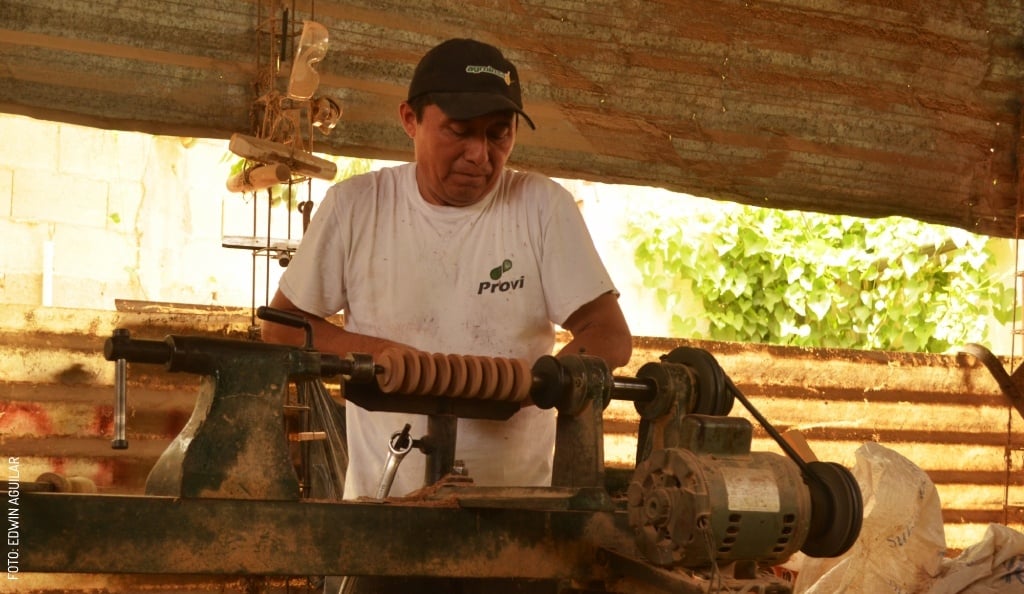
However, what has put Dzityá on the world's radar is not so much its history as its people and, more specifically, what their hands are capable of creating. It turns out that a good number of Dzityá's residents (more than 1,200, according to the 2010 census) are dedicated to crafting both stone and wood handcrafts.
Crafting isn't their only job; as researcher Elda María Ancona Ricalde points out, many artisans in Dzityá have full-time jobs that allow them to provide for their families. It's during their free time and weekends that they return to the crafts passed down from their elders, carrying on techniques and traditions preserved in Yucatán since pre-Hispanic times.
Wooden handcrafts in Dzityá, Yucatán
.jpg)
When it comes to wood, pre-Hispanic Maya used it for making furniture and tools, with techniques that were enriched with the arrival of the Spanish. Today, artisans use machinery and basic tools to shape wood—mostly from Huayacán (Guaiacum sanctum), Belsinanché (Alvaradoa amorphoides), mahogany (Swietenia macrophylla), cedar (Cedrela odorata), and, to a lesser extent, ziricote (Cordia dodecandra), pine (Pinus montezumae), Chukum (Havardia albicans), and Tzalam (Lysiloma latisiliquum)—into decorative and functional articles that are simply astonishing.
.jpg)
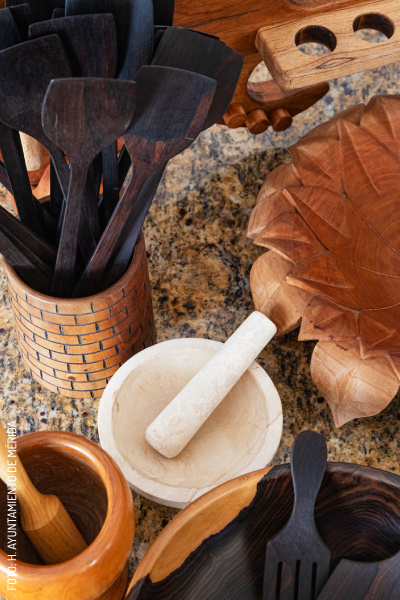
Stone handcrafts in Dzityá, Yucatán
As for stone, it is only necessary to think for a moment about the enormous amount of archaeological remains that boast a large quantity of delicately and artfully carved stone (in the only way possible) to appreciate the mastery of the Maya over this material. According to researchers Gabriela Reyes Morales, José Francisco Sarmiento Franco, and Mayanin A. Sosa Alcaraz, Dzityá has around 40 workshops, mostly small or medium-sized, where artisans carve and sculpt six varieties of stone (Ticul, Macedonia, Conchuela, Fósil, Venado y Toc) to transform them into religious images, fountains, lamps, and countless other items.
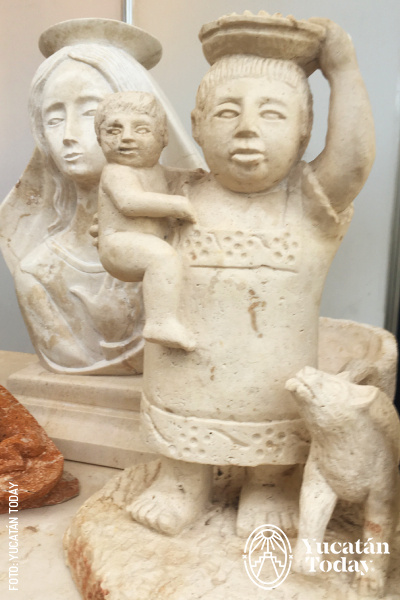
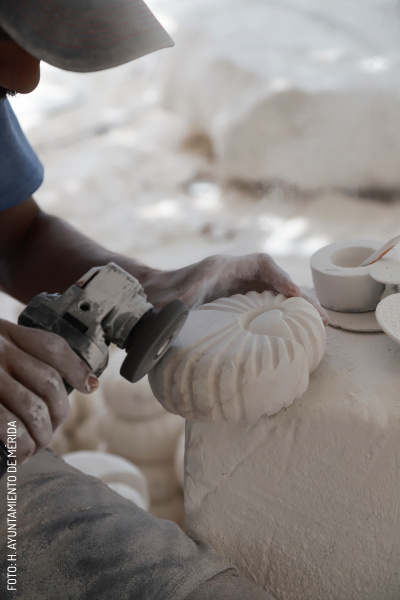
The challenges of Yucatecan artisans
It is known worldwide that artisanal work is under constant threat due to the influence of industrial techniques that churn out standardized items at lower costs. For artisans to sustain their craft, it needs to be profitable. To achieve this, artisans must confront unfair competition, exploitative intermediaries, and the devaluation of their creations by potential buyers.
In Yucatán, we're lucky to have many places where artisans can showcase their creations directly to the public. This gives their crafts a better chance of finding appreciative homes where they're valued and cherished for all their significance. Whether you're at the Tunich fair, in Dzityá, or at craft markets in Mérida or any other town you visit, remember that your purchase helps keep these crafts alive, which have been part of the daily life of the Yucatecan people for years.
%20(1).jpg)
.jpg)
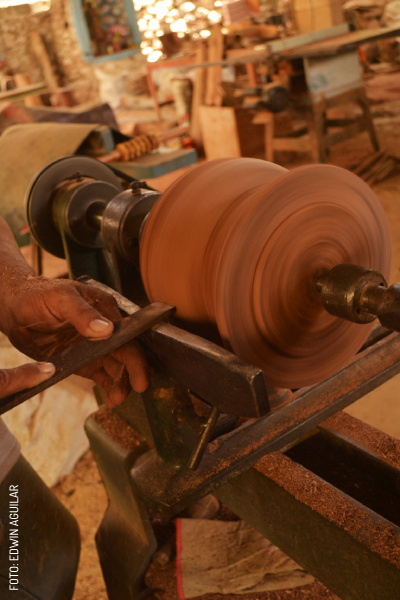
Sources:
- Ancona Ricalde, Elda María (2008): “Trabajo artesanal en madera como estrategia de vida en familias de Dzityá, Yucatán”. Centro de Investigación y de Estudios Avanzados del Instituto Politécnico Nacional, Unidad Mérida.
- Reyes Morales, Gabriela; Sarmiento Franco, José Francisco y Sosa Alcaraz, Mayanin A. (2019): “Modelo de una red de conocimiento sostenible para los talleres artesanales de piedra de Dzityá, Yucatán”. Universidad Nacional Autónoma de México y Asociación Mexicana de Ciencias para el Desarrollo Regional A.C.
Photography by Edwin Aguilar, H. Ayuntamiento de Mérida y Yucatán Today for its use in Yucatán Today.

Author: Alicia Navarrete Alonso
As a kid I heard that there's more to see than can ever be seen and more to do than can ever be done, so I set out to try. I'm passionate about knowledge and I love to share whatever my own is.
In love with Yucatán? Get the best of Yucatán Today delivered to your inbox.
Related articles
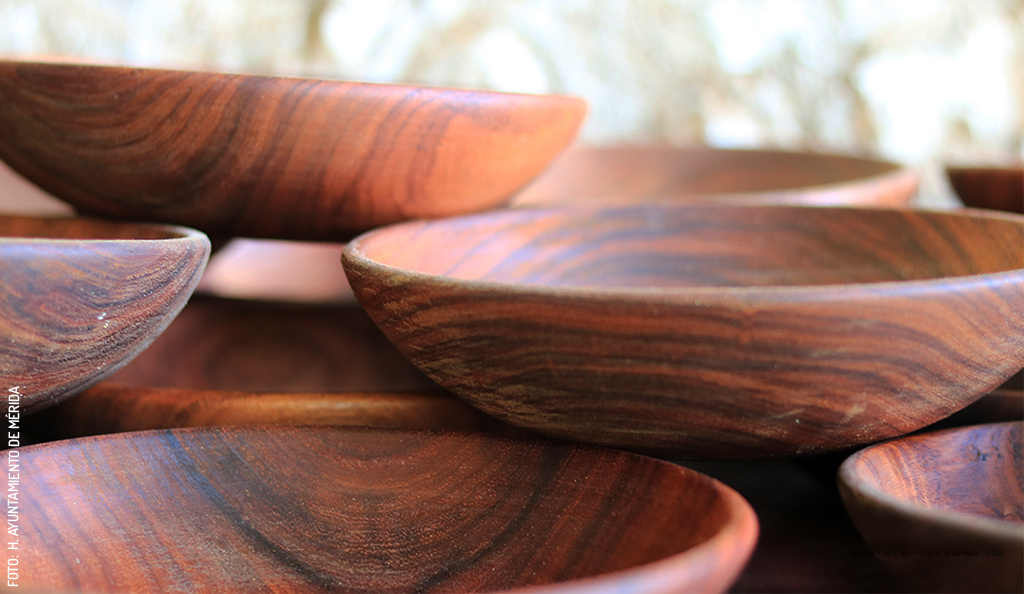
Tunich Craft Fair 2025
Let's Celebrate the Tunich Craft Fair in Dzityá, Mérida! Enjoy the finest craftsmanship in wood, stone, and textiles. Find out how to get there.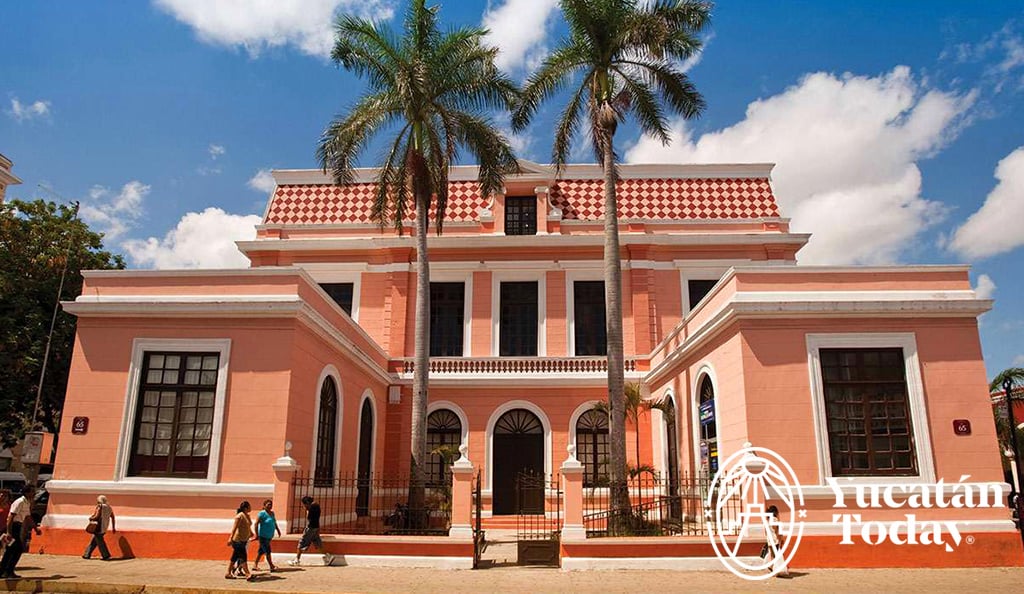
City of Mérida Museum (Museo de la Ciudad de Mérida)
The cultural heritage that is housed in the beautiful and majestic Ex-Federal Post Office palace shows the historical development of the city of...